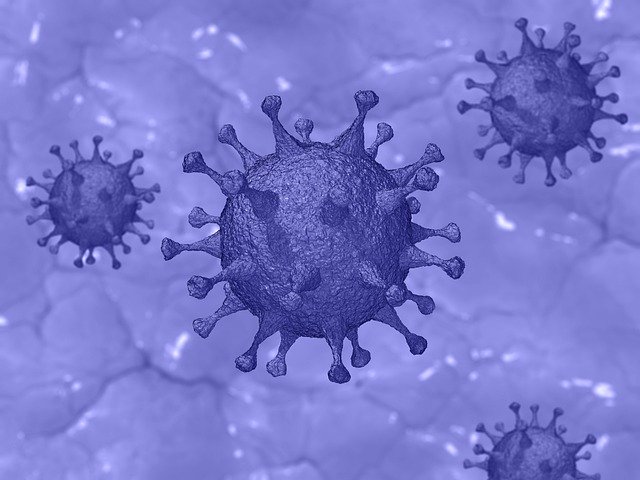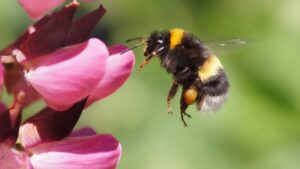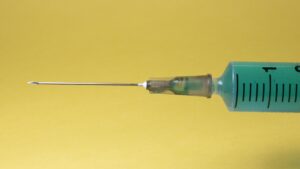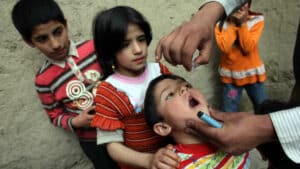First half of 2020 became the year where everyone (!) was forced to learn at least some basic processes of epidemiology of viruses. A field of academic study previously reserved to a limited population of pathology experts. So that is one productive take way from this strange year that is not wasted.
The behaviour of inoculum, droplet dispersal, the importance of hygiene and the effect of distancing hosts in time and space is now common knowledge even for pre-school children. Even how the small virus take advantage of our cell RNA and DNA replication structures to multiply itself. In plants virus attacks look like nutrition deficiency symptoms at first – and then with a mosaic look on the tissue.
Although primarily caused by fungi, plant diseases and plant epidemiology are not so different from those found in humans. We see outbreaks of disease strains that devastate crops. We see that some varieties respond better, with fewer symptoms, than others.
Being susceptible, or not, to disease attack is complex, when we consider plants. Susceptibility is known to be linked to the genetic profile mainly. But age, the nutritional status, and general stress levels of the individual plant and the plant sward are also important for the extent of the outbreak in the area.
Plant breeders can approach disease management by supplying the market with improved genetics, offering a preventive solution to disease management by identifying tolerant or even resistant individuals in the breeding population. If we find a susceptible host plant in the breeding program, we can choose to discard it. In humans there are ethics to navigate that make such selection unreasonable, and preventative measures are preferred. For example vaccination. Curative measures such as fungicides for turf or antibiotics for bacterial diseases are harder to find for viruses because they mimic our own RNA and DNA.
Besides the genetic profile of a plants in the field the turf manager can make some decisions that affect the degree of disease spread. These are factors he/she can play with when optimizing and tweaking management. One is to spread the host and pathogen in space and time. E.g. establish new sowing in the fall, instead of the spring, so the plants are mature when spring inoculum hits. Yup, same reason why distance is effective to break disease chains of COVID-19 between humans.
Another example is the fungal disease causing Red thread, that is linked to low levels of nitrogen. But we know that a good practice is to remove the clippings of red thread infected turf and not leave them on the lawn: and that leads us to hygiene, another thing that we now know works to keep epidemics down. True for human pathology, true for plant pathology.
You may wonder; plants do not share fluids by kissing, coughing and touching like we know COVID-19 and other human virus does. How does virus spread in plant populations? Well there are two ways that virus spread in plant populations. One is linked to clonal propagation of plant material. Potatoes, bananas and many other important crops, plus a lot of ornamental plants, are multiplied by using plant material, seed potato tubers and side shoots that are clones of the original plant, and not true seeds. True seeds are not usually transferring viruses, but the generations from seed are not as true to cultivar or as fast as to take fresh plant parts. This material, if infected, will give raise to a sub-optimal crop.
The other way is spread is via a vector – often an insect. Happily flying from plant to plant tasting the plant sap. A non-colonizing aphid like this is the vector of Potato Virus Y. Spreading the virus in this tuber propagated crop; a most unfortunate combination. Had it only been a colonizing aphis the damage would be limited. Again, we can draw a parallel: if the infected individuals would just basically stay in one place, that is the key to control.
Stay safe!









